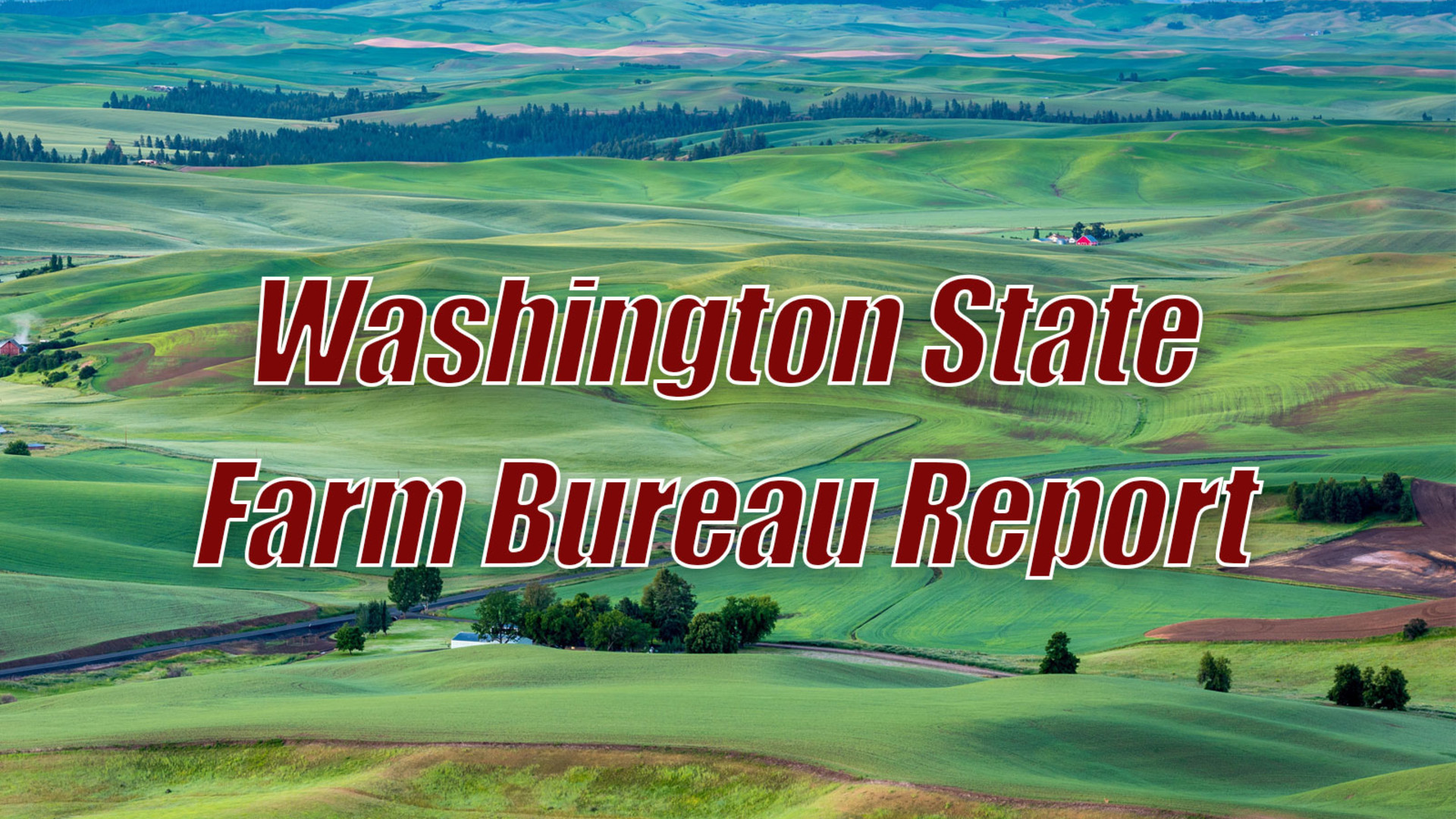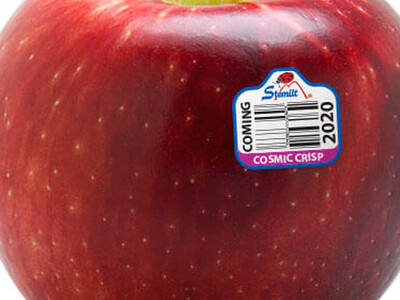Managing Zebra Chip
“Zebra Chip”, which causes dark discoloration stripes in potatoes especially when fried, is a major disease problem of potatoes in the western United States. Now, thanks to scientists with the USDA and other agencies, potato growers here in Washington know the identities of the pathogen - insect duo responsible for zebra chip. Joseph Munyaneza, an entomologist at the ARS Yakima Agricultural Research Laboratory in Wapato, Washington talks about the disease.
MUNYANEZA: For many years the disease was never seen up here in the Pacific Northwest, even though we had been looking around and we noticed that the potato psyllid show up in potatoes up here usually mid season, late June, early July, but despite seeing the insect we never really saw zebra chip. Suddenly, this past season, 2011, the disease just suddenly showed up in the potatoes in Columbia Basin of Washington, Oregon, and Idaho.
At present, Munyaneza says there is only one way to try and stop the disease.
MUNYANEZA: Is by controlling the potato psyllid, the insect which basically transmits the bacterium to the plant. Insecticides are being used, but one of the problems is that this insect is notoriously known to develop resistance to insecticides. So if we keep pounding it with insecticide we may do more harm than good by having this insect developing resistance.
Insecticide resistance has prompted scientists to research alternative controls. Tomorrow Munyaneza talks about some of these integrated approaches.
I’m Lacy Gray and that’s Washington Ag Today on the Northwest Ag Information Network.

















